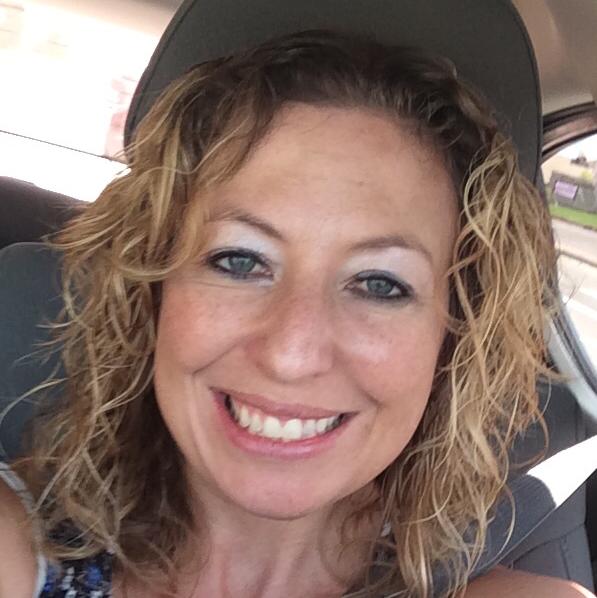Early infant vocalizations may provide clinical “red flags” in the identification and treatment of Childhood Apraxia of Speech.
In a recent study, researchers found potential clinical “red flags” in infants and toddlers that could assist in the later identification of Childhood Apraxia of Speech (CAS).
August 2019
In a first of its kind retrospective study, researchers assessed the speech-language skills of 17 children between the ages of 3 and 9 years old using home videos obtained through their parents. Though infant early vocalizations have been studied to help aid the communication disorder literature, few have been done specifically with children who later received a diagnosis of Childhood Apraxia of Speech (CAS).
Why did the researchers study this?
Previous studies have found a correlation with CAS and low infant volubility, limited consonant emergence, and limited syllabic structure. Volubility refers to the amount of talk or vocalizations. Consonant emergence is looking at the amount of different consonant sounds produced as well as the number of voiced sounds (sounds produced while the vocal cords vibrate like /b/ or /d/) and unvoiced sounds (sounds produced in absence of the vocal cords vibrating (like /p/ or /t/). Syllabic structure refers to theway consonants (C) and vowels (V) are grouped within words. For example, words within a CV syllable shape include: ma, da, me. Words in a CVCV syllable shape are words like: mama, dada.
Studies investigating speech sound development in infants later diagnosed with childhood apraxia of speech (LCAS) could assist in early intervention methods providing more targeted treatments.
There were two aims of the study.
- To compare three areas of infant vocalizations: volubility, consonant emergence, and syllabic structure observed through home videos
- To contribute to the literature findings on infant speech sound development.
What did the researchers do?
There were seventeen participants in the study. Seven children had a later diagnosis of childhood apraxia of speech (LCAS), five had speech sound disorder (SSD) and five were typically developing (TD). Participants were evaluated and placed in their respective groups using a formal speech-language and motor speech assessment.
The researchers obtained home video recordings (from birth to 24 months), videos were coded, and data was collected on volubility, consonant emergence and syllable shape as defined above.
What did the researchers discover?
The findings revealed a few key differences between children who received a later CAS diagnosis (LCAS) and the other participants.
- Vocalizations from the LCAS were less voluble (less robust)
- Vocalizations used fewer resonant consonants (those consonants that could be transcribed by IPA. That is, consonants that were recognizable to be English phonemes).
- LCAS participants had a less diverse phonetic repertoire
- Resonant consonants were acquired later than the other groups.
Summary:
Overall, the findings indicate compelling and preliminary data that suggest infant and toddler vocalizations may provide red flags that could assist in future diagnosis of CAS. These red flags include:
- Limited vocalizations during the child’s first 2 years, particularly for resonant sounds. As mentioned above, resonant consonants refer to consonants that can be transcribed as English phonemes.
- Lack of resonant consonants by 12 months of age supporting the possibility that delayed resonant consonant acquisition may be predictive of a later CAS diagnosis.
- Acquisition of three or fewer resonant consonants between 8-16 months and/or five or fewer resonant consonants between 17-24 months.
- Less frequent productions of velar consonants (/k/, and /g/)
- Preference of stops (sounds like /t/ or /p/ in which airflow is stopped) and nasals (sounds like /n/ and /m/ that resonate in the nasal cavity).
- Productions at 13-18 months remain largely vowels with little use of simple sequences (i.e. consonant-vowel, consonant-vowel-consonant).
Limitations of the study are many. The study was a small-scale design with no experimental control over a variety of factors including duration and number of videos. Not all months were recorded, rendering the possibility that some vocalizations were not captured. Participants in the study had no comorbid conditions or syndromes even though comorbidities are common in children with CAS. All participants were white from monolingual two-parent families with little linguistic, ethnic, or socioeconomic diversity.
Source:
Overby, Megan S., Susan S. Caspari, and James Schreiber. “Volubility, Consonant Emergence, and Syllabic Structure in Infants and Toddlers Later Diagnosed with Childhood Apraxia of Speech, Speech Sound Disorder, and Typical Development: A Retrospective Video Analysis.” Journal of Speech, Language, and Hearing Research (2019): 1-19.

Laura Smith, M.A. CCC-SLP is a 2014 graduate of Apraxia Kids Boot Camp, has completed the PROMPT Level 1 training, and the Kaufman Speech to Language Protocol (K-SLP). She has lectured throughout the United States on CAS and related issues. Laura is committed to raising and spreading CAS awareness following her own daughter’s diagnosis of CAS and dyspraxia. She is the apraxia walk coordinator for Denver, and writes for various publications including the ASHA wire blog, The Mighty, and on a website she manages slpmommyofapraxia.com. In 2016, Laura was awarded ASHA’s media award for garnering national media attention around apraxia detailing her encounter with UFC fighter Ronda Rousey, and also received ASHA’s ACE award for her continuing education, specifically in the area of childhood motor speech disorders. Currently, Laura is a practicing SLP specializing in apraxia at her clinic A Mile High Speech Therapy in Aurora, Colorado.